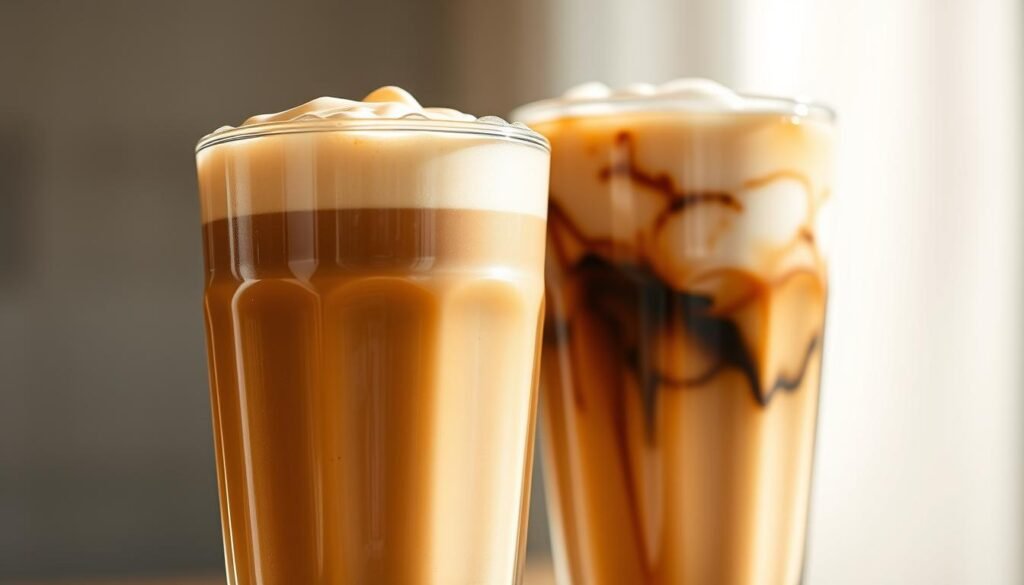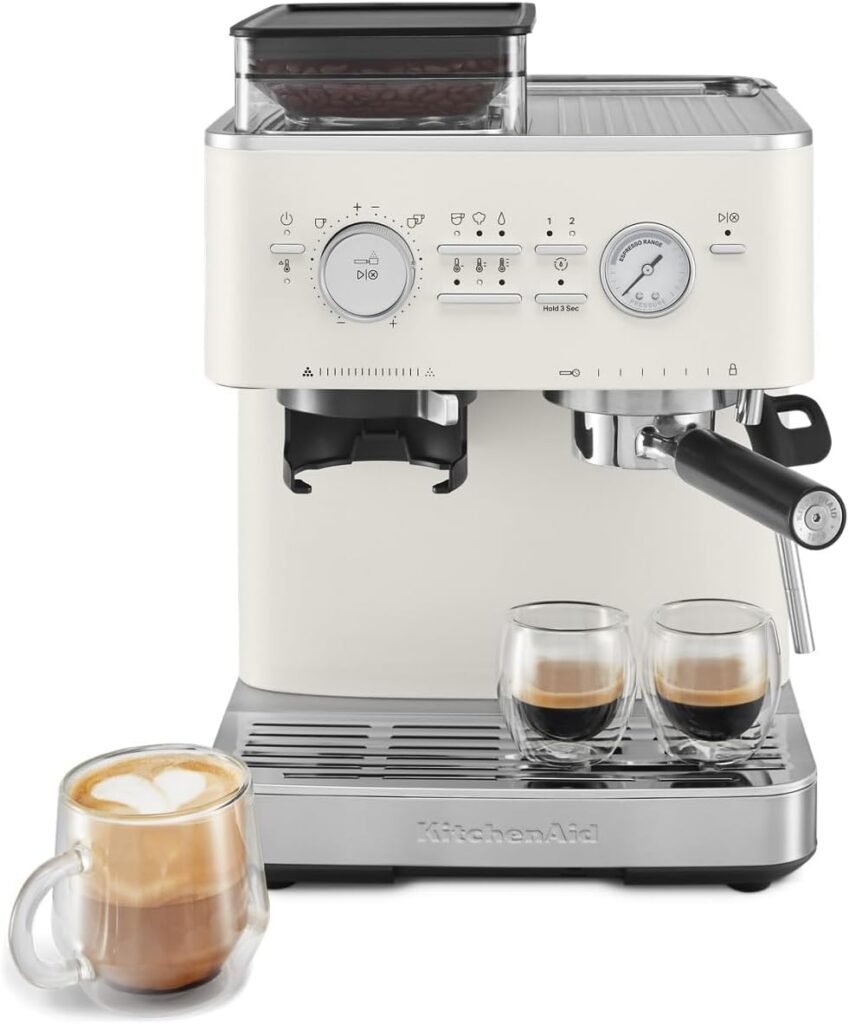Ever wonder why a tiny cup of espresso feels more intense than a large mug of drip brew? The answer lies in how these drinks are made and how they affect your energy levels. In this article Espresso vs Coffee I’ll break down the facts so you can choose the best option for your needs. Edit Full screen View original Delete caffeine content espresso vs coffee Popular chains like Starbucks and Dunkin’ Donuts serve both, but their caffeine stats vary widely. A single shot packs a punch, while a standard cup offers a slower, steadier boost. The type of beans, roast level, and brewing method all play a role. By the end, you’ll know exactly how to adjust your order for the perfect pick-me-up. Let’s dive in! Key Takeaways What Is Espresso? The Bold Foundation Pressure transforms ordinary grounds into something extraordinary. This iconic drink packs flavor into every drop, thanks to a precise process perfected over a century. Let’s explore how it evolved and what makes it unique. Edit Full screen View original Delete espresso brewing process A Brief History: From Italy to Your Cup In 1905, Luigi Bezzera patented a steam-powered machine to speed up coffee service. By 1947, Achille Gaggia’s spring lever added crema—the creamy layer that defines modern shots. Mechanical pumps in 1961 made consistency possible, and brands like Starbucks popularized it globally. How Espresso Is Made: Pressure, Beans, and Crema The magic happens at 9 bars of pressure, forcing hot water through finely grind beans. A 1:2 ratio (18g coffee to 36ml water) is the gold standard. Compass Coffee’s Emblem Blend (Guatemala/Sumatra/Brazil) shows how bean choice affects flavor. Crema forms when oils and CO2 emulsify under pressure. Unlike drip methods, this brew extracts more oils quickly. Modern machines like Modbar’s under-counter design keep the tradition alive with tech upgrades. Caffeine Content Espresso vs Coffee: The Ultimate Showdown Size doesn’t always dictate strength when it comes to your morning brew. A tiny ounce of liquid can deliver a sharper kick than a full mug—but the total energy boost might surprise you. Edit Full screen View original Delete caffeine per ounce comparison Milligrams per Ounce: Espresso’s Concentrated Kick One ounce of a standard shot holds about 63 milligrams caffeine. Chains like Starbucks and Dunkin’ tweak these numbers slightly. For example, Dunkin’ serves 118mg per serving, while Starbucks averages 75mg. That’s roughly 5x more concentrated than drip coffee, which ranges from 12–16mg per ounce. But here’s the twist: sip a 16oz mug, and you’ll get 200–415mg total—way more than a quad shot (252mg). Total Caffeine per Serving: Drip Coffee’s Slow Burn Bigger servings shift the balance. A Starbucks Grande (16oz) delivers 330mg, nearly triple a single shot. Dunkin’s medium cup? 206mg—still a stronger *slow burn* over time. Myth buster: Cold brew often exceeds both, with 200+mg in 12oz. Concentration isn’t the only factor—volume matters just as much. Factors That Influence Caffeine Levels Not all brews are created equal—several key factors shape their strength. From the type of beans to how long they’re steeped, each step alters your drink’s potency. Let’s break down the science behind your cup. Bean Type: Arabica vs. Robusta Caribou’s smooth Arabica blends contain 1.5% caffeine, while Folgers’ Robusta packs nearly double at 2.7%. Robusta’s bold, bitter profile makes it popular for strong shots, but Arabica dominates specialty shops for its nuanced flavors. Roast Level: Light vs. Dark Myths Debunked Contrary to myth, light roasts like Starbucks Veranda retain 0.1% more caffeine than dark Sumatra. USDA studies confirm prolonged roasting breaks down molecules slightly. Dark roasts taste bolder, but light roasts deliver a marginally stronger kick.








